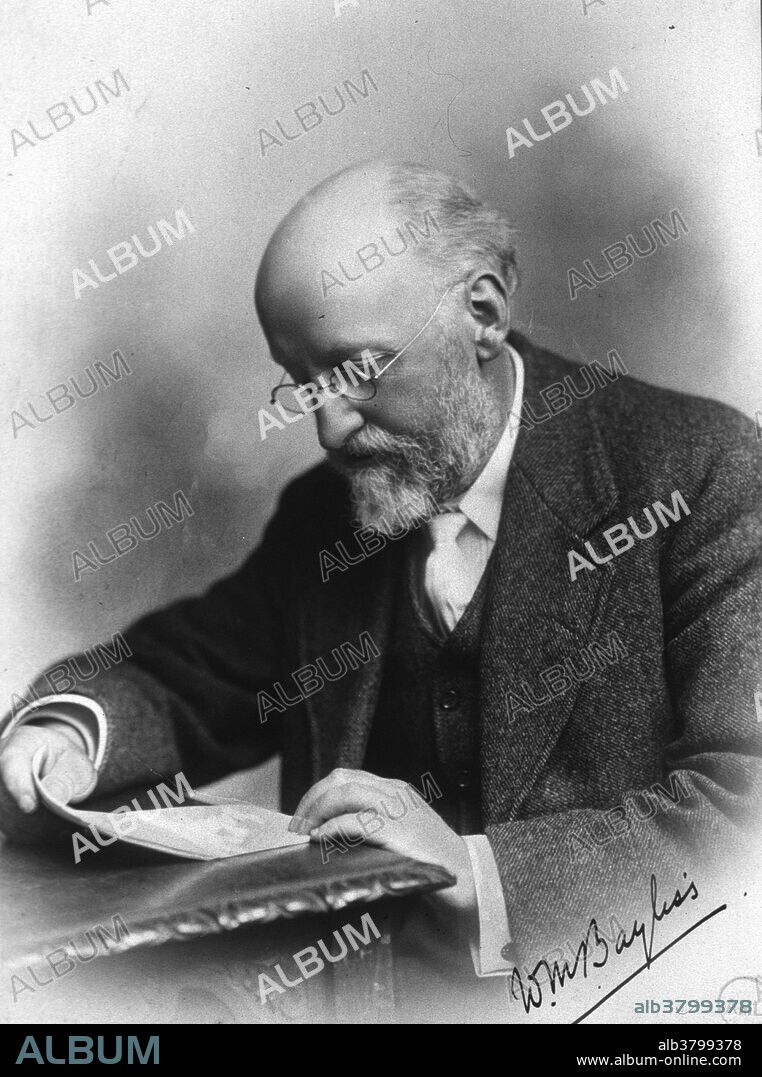alb3799378
William Bayliss, English Physiologist

|
Zu einem anderen Lightbox hinzufügen |
|
Zu einem anderen Lightbox hinzufügen |



Haben Sie bereits ein Konto? Anmelden
Sie haben kein Konto? Registrieren
Dieses Bild kaufen

Titel:
William Bayliss, English Physiologist
Untertitel:
Siehe automatische Übersetzung
William Maddock Bayliss (1860-1924) was an English physiologist. Bayliss and Ernest Henry Starling discovered the peptide hormone secretin and peristalsis of the intestines. The Bayliss Effect is named after him. He was also involved in the Brown Dog affair. In 1903, while at the Department of Physiology at University College London, Bayliss had performed illegal dissection before an audience of 60 medical students on a brown terrier dog. According to Bayliss the animal was properly anesthetized. Swedish activist and anti-vivsectionist claimed the animal was conscious and struggling. The procedure was condemned as cruel and unlawful by the National Anti-Vivisection Society. Bayliss, whose research on dogs led to the discovery of hormones, was outraged by the assault on his reputation. He sued for libel and won.
Persönlichkeiten:
Bildnachweis:
Album / NLM/Science Source
Freigaben (Releases):
Model: Nein - Eigentum: Nein
Rechtefragen?
Rechtefragen?
Bildgröße:
2700 x 3628 px | 28.0 MB
Druckgröße:
22.9 x 30.7 cm | 9.0 x 12.1 in (300 dpi)
Schlüsselwörter:
AUTOPSIE • BAYLISS • BERÜHMT • BERÜHMTE PERSÖNLICHKEIT • EUROPAEER (F M) • EUROPAEER • EUROPÄER (F M) • EUROPÄER • EUROPÄISCH • MANN • NOTABEL • PERSON • PERSöNLICHKEITEN • PERSÖNLICHKEITEN • PHYSIOLOGIE • PORTRAIT • PROMINENZ • SEKTION • VIVISEKTION
 Pinterest
Pinterest Twitter
Twitter Facebook
Facebook Link kopieren
Link kopieren Email
Email
